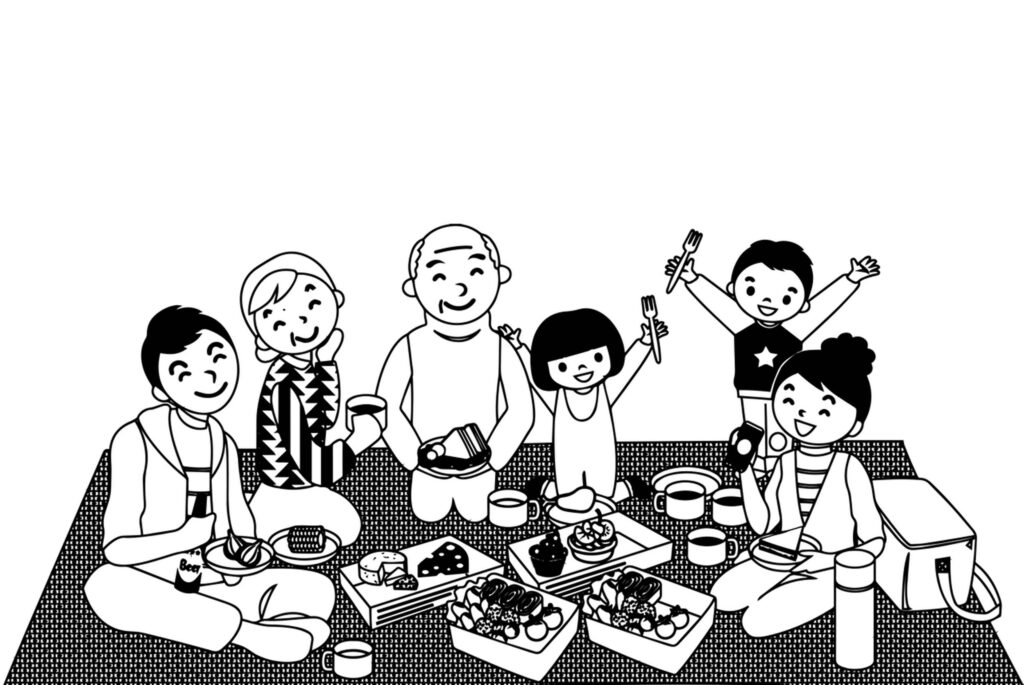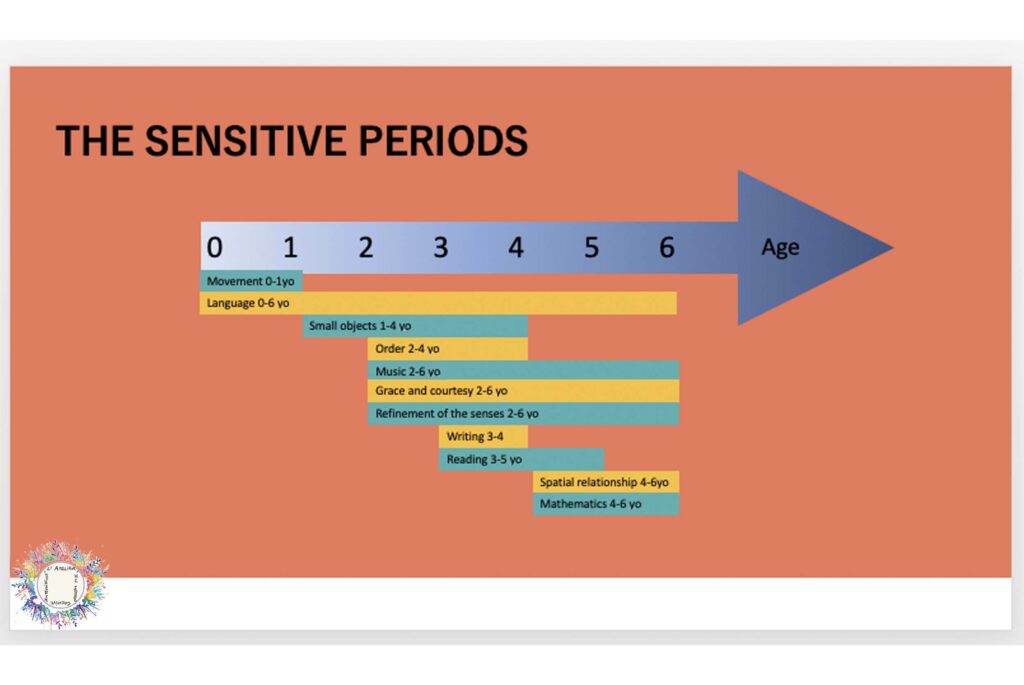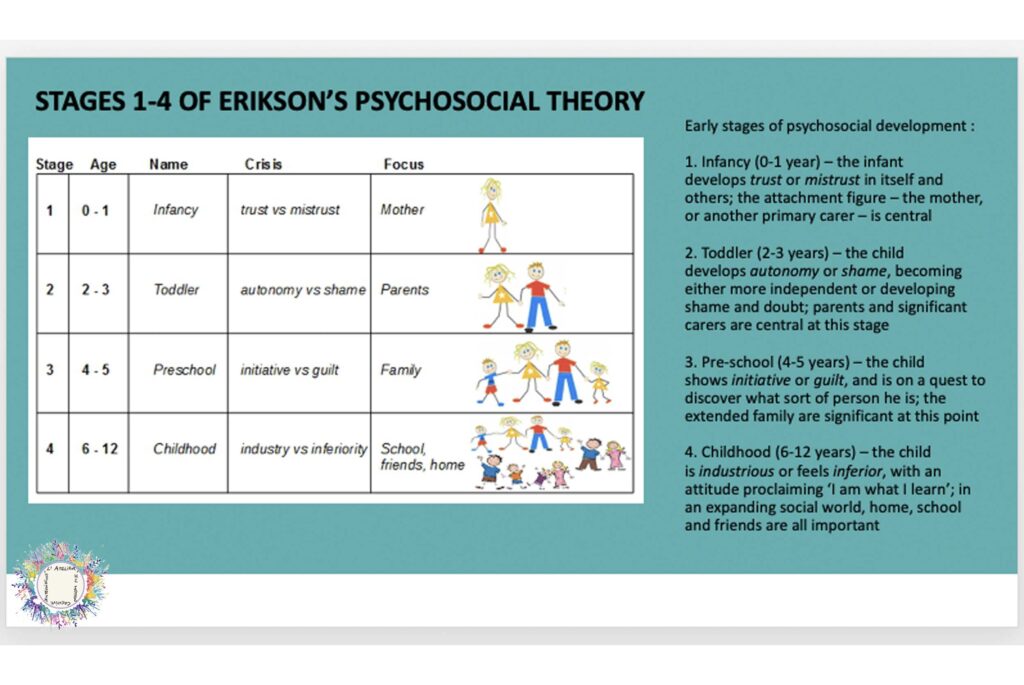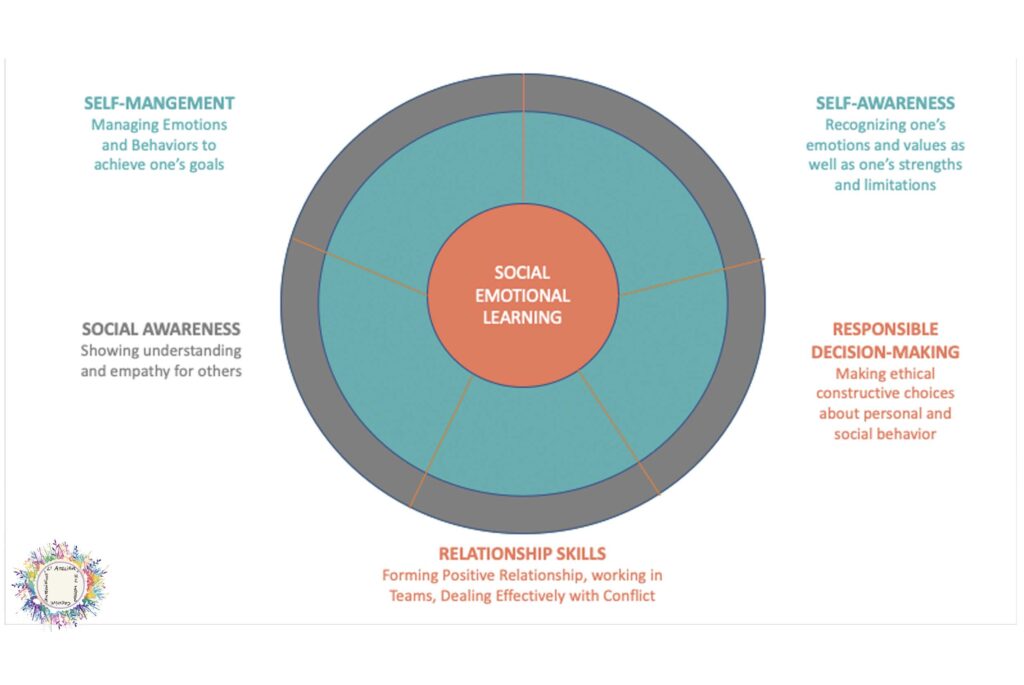
CHILD DEVELOPMENT

Infant (Birth – 2 Years Old)
• Developing the bonds that will last a lifetime;
• Developing the bonds that will last a lifetime;
• Providing the child with the inner resources to build self-esteem and the ability to relate positively to others;
• Understand, respect, support, and encourage the unique characteristics and abilities of each child.
Toddler (18 Months – 3 Years)
• Children are now free to roam around their world;
• Time for active exploration of their environment;
• Language development grows significantly;
• Discover their independent nature;
• Developing Emotional Regulation;
• Instinctively seem to be able to say “No,” toddlers also need help in learning how to accept “No” from others;
• Stage of rapid physical and intellectual development;
• Fundamental learning and encouraging active discussion and experimentation of new concepts and skills.
Preschooler (3 – 6 Years Old)
• Open to learning numbers, letters, beginning reading, and simple math;
• Learning music;
• Improving their gross motor and fine motor skills;
• The most important mode of learning during this period is playing: development of language, socialization, and creativity

• Interest in exploring their environment promotes early interest in science;
• To build things out of items around the house as well as building sets such as Legos, blocks, and others.

The Attachment Theory: How Childhood Affects Life
Psychologist John Bowlby, a pioneer in attachment theory, allegedly said, “What cannot be communicated to the mother, cannot be communicated to the self.” In other words: those who feel insecurely attached, might not quite understand themselves.
To get to know who they are and what they feel, they might have to go way back in time.
The attachment theory argues that a strong emotional and physical bond to one primary caregiver in our first years of life is critical to our development.
• If our bonding is strong and we are securely attached, then we feel safe to explore the world. We know there is always that safe base, to which we can return anytime;
• If our bond is weak, we feel insecurely attached. We are afraid to leave or explore a rather scary-looking world. Because we not sure if we can return.
People who are securely attached are:
• Said to have a greater trust can connect to others and as a result, is more successful in life
Insecurely attached people tend:
• To mistrust others, lack social skills, and have problems forming relationships.
There is one type of secure attachment
Three types of insecure attachments:
• Anxious/Ambivalent;
• Anxious/Avoidant;
• Anxious/Disorganized.
In responses to distress, the first 3 react organized, while the last acts are disorganized.
SOCIAL AND EMOTIONAL DEVELOPMENT
Emotional Development:
the process of learning to recognize and express feelings, and establish a unique personal identity.
• Healthy emotional development helps a child become an adult who is self-confident able to handle stress, and empathetic to the
feelings of others.
Social Development:
the process of learning self-expression and how to interact with others.
• Healthy social development helps a child become an adult who communicates well with others, listens to different points of view before acting, and shows tolerance for other people.
These two areas of development are connected in that feelings children have about themselves will be reflected in their behavior toward others.
EMOTIONAL INTELLIGENCE
Emotional Intelligence is:
• One’s ability to perceive other’s emotions,
• Discern them,
• Use that information to facilitate their own thinking, problem-solving, acting, and regulating emotions.
An emotionally intelligent person not only can self-regulate, but they can also respond, influence, and manage other people’s emotions.

EMOTIONAL REGULATION
Emotional regulation consists of:
• Internal and external processes;
• Involved in initiating, maintaining, and modulating
• The occurrence, intensity, and expression of emotions (Parthasarathy, 2016)

Want to know more about this topic? Book a workshop appointment with Olivia!
